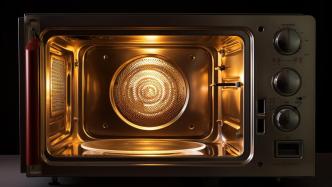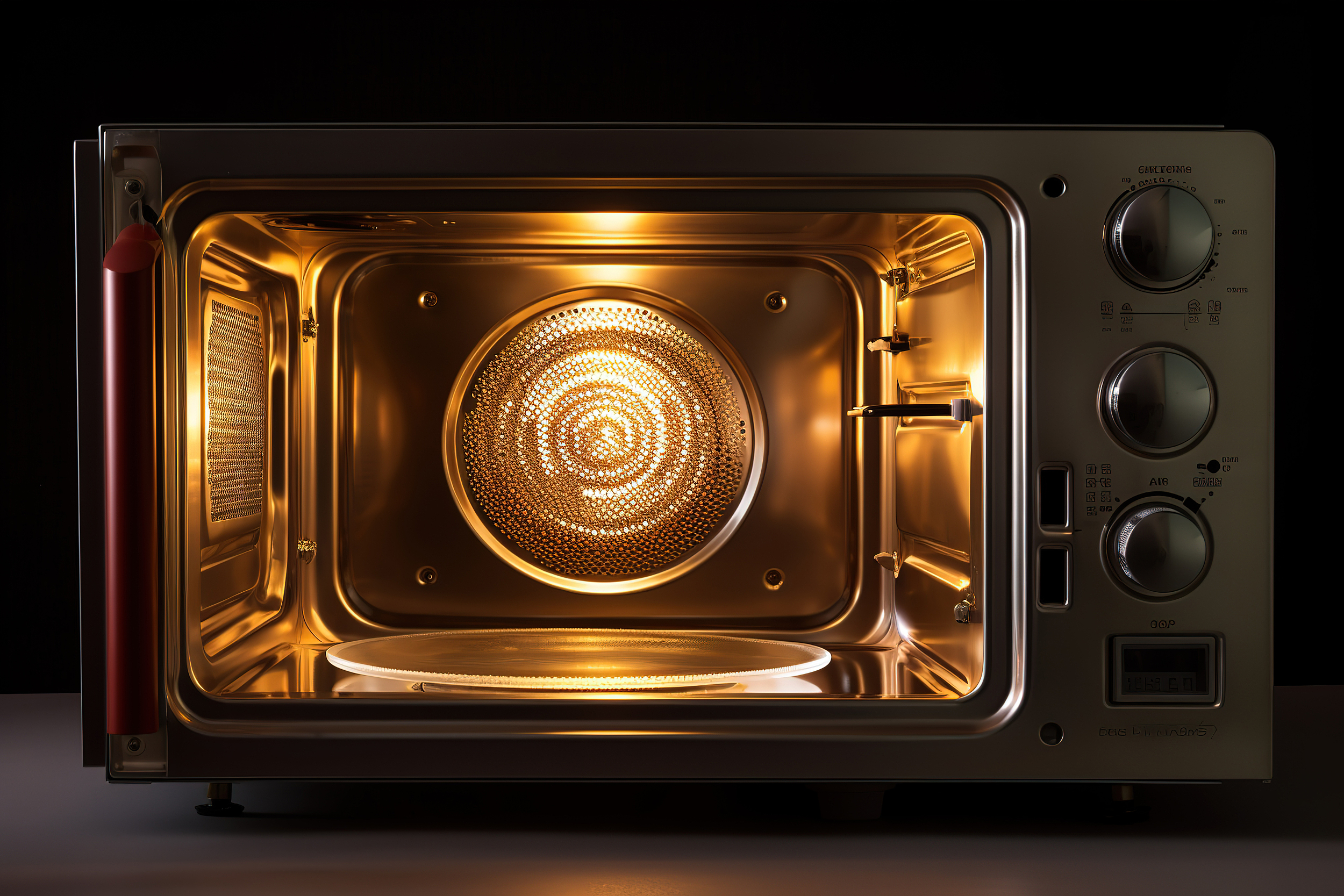

“The inside of a microwave is not a pure, pristine place.”
This newly published research goes against common sense.
It is generally believed that the powerful radiation in a microwave oven is enough to kill any hidden germs.
On August 8, Spanish researchers published a paper in the international academic journal Frontiers in Microbiology, stating that a variety of bacteria that are resistant to extreme environments were found in microwave ovens, "a powerful ecosystem."
Repeated thermal shock, electromagnetic radiation and drying select for microorganisms with high resistance.
This discovery is not only crucial to public health, but will also promote the application of related biotechnology, such as screening bacteria that need to be resistant to extreme environments in industrial production.
The paper is titled "The microwave bacteriome: biodiversity of domestic and laboratory microwave ovens." The corresponding author of the paper is Manuel Porcar, a researcher from the University of Valencia in Spain.
The researchers took samples from microwave ovens in home kitchens, public spaces such as cafeterias, and biological laboratories for testing, sampling 10 microwave ovens in each location, for a total of 30.
"Bacteria species found in domestic microwaves, such as Klebsiella, Enterococcus and Aeromonas, may pose a threat to human health," said Daniel Torrent, a researcher and one of the authors of the paper.
He also pointed out that the microorganisms in microwave ovens do not pose any additional risk of disease compared with common species on kitchen surfaces.
"We recommend that residents and laboratory personnel regularly disinfect their microwaves with a diluted bleach solution or commercially available disinfectant sprays."
Torrent reminds that after each use of the microwave, wipe the inner surface with a damp cloth to remove any spills and other residues to prevent bacterial growth.
In this experiment, the researchers collected a total of 747 genera from 25 bacterial phyla. The most common phyla were Firmicutes, Actinobacteria, and especially Proteobacteria.
"The tolerance of these bacteria to extreme conditions, such as high radiation, could inspire a variety of biotechnological applications. One of them could be bioremediation, such as the decontamination of radionuclides in situ (in situ bioremediation) or in contaminated materials (ex situ bioremediation)," Torrente told the media. "They could also be used in industrial processes, such as the production of biofuels or other chemicals, to enhance pretreatment processes or as biocatalysts for chemical reactions that require extreme conditions."
Additionally, Torrente says some extremophiles (bacteria that can or need to thrive in extreme environments) have shown promising anti-pathogen and anti-inflammatory activities. “Of course, all of this requires a lot of research, but having bacteria with these properties could greatly facilitate these studies.”
Attached paper link:
https://www.frontiersin.org/journals/microbiology/articles/10.3389/fmicb.2024.1395751/full